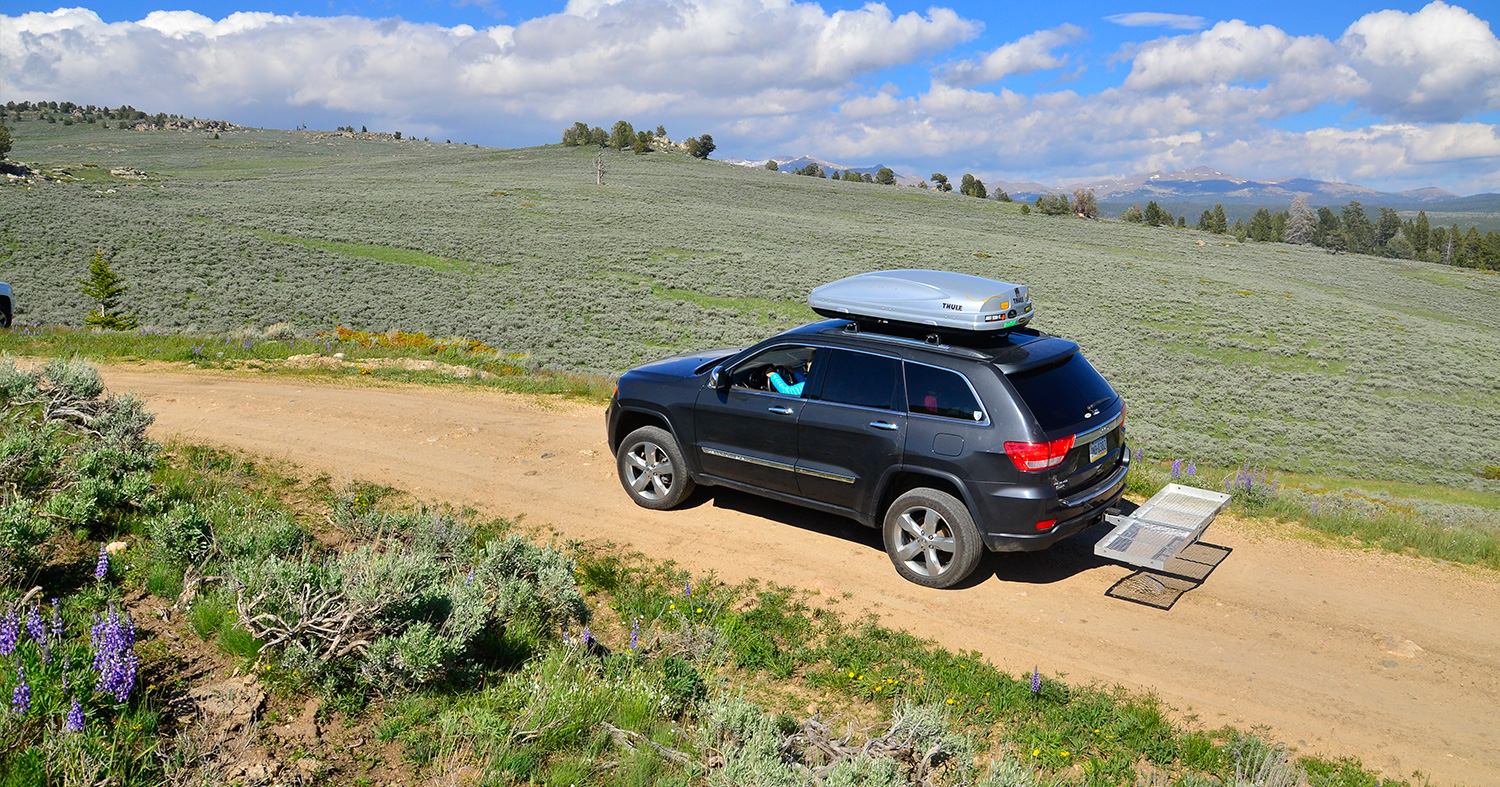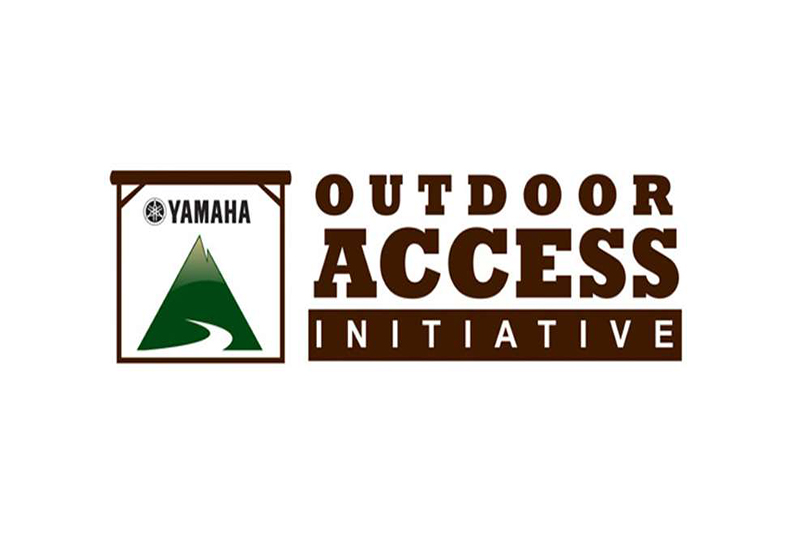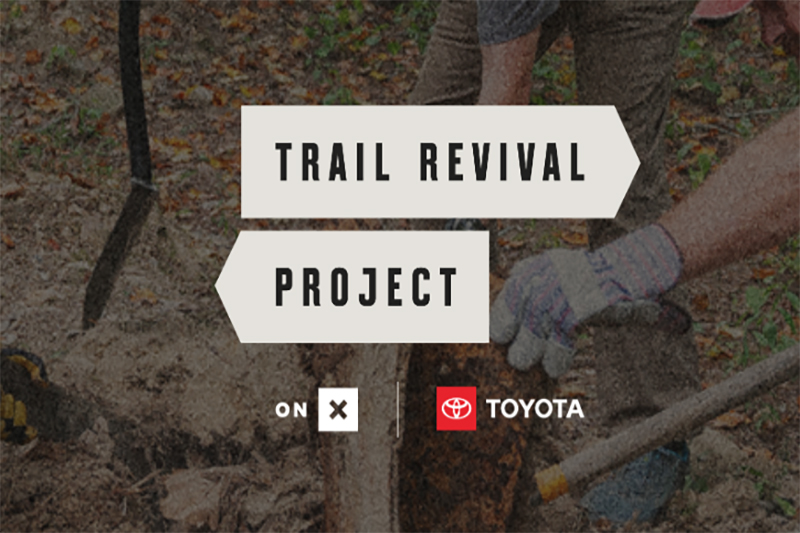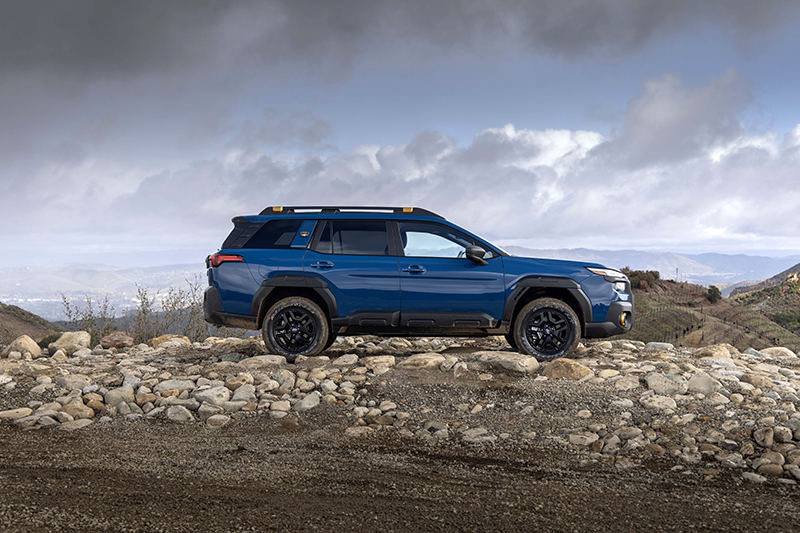Rock Climbing the Big Horn Mountains
We call ourselves “Team Hörst”—me, my wife Lisa, our two sons Cameron and Jonathan, and our 2011 Jeep Grand Cherokee Overland.
Lancaster, Pennsylvania is our “base camp” but we travel far and wide to rock climb on America’s finest cliffs. In three short years we’ve driven our Jeep the equivalent of four trips around the globe– 101,000 miles of blacktop, dirt, and mud.
Climbers, like Jeep owners, are passionate people. Climbing is always on our minds—even while at home in Pennsylvania’s Amish country—and we are always planning our next trip. It might be a quick-strike weekend trip to the crags of the New River Gorge, West Virginia, or a long road trip to the Rockies. “Have Jeep, will travel!”
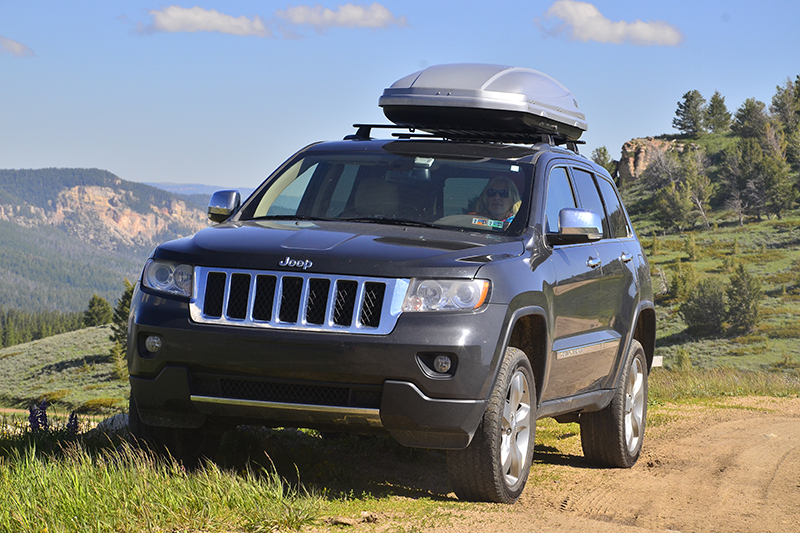
Wyoming is our favorite climbing destination because of its wide open spaces, fresh mountain air, and shining limestone crags. The typical rock climb averages 80- to 100-feet in length with a wall angle that is dead vertical to 20 degrees past vertical. The limestone cliffs here are generally void of large ledges, and commonly a climber needs to cling onto small pockets and edges with just the first joint of the fingers. Consequently, the combination of steep wall angle and consistently small hand and foot holds make Wyoming limestone some of the hardest—and highest quality—rock climbing in America.
Big Horn Mountains
This summer we spent most of a month camping and climbing in the foothills of the Big Horn mountains. We were high up in Ten Sleep Canyon for three glorious weeks, camping and climbing at 8,000 feet. After the humidity of the east coast, the cool dry mountain air was ecstasy—it also provided ideal weather for attacking the canyon’s world-class rock climbs.
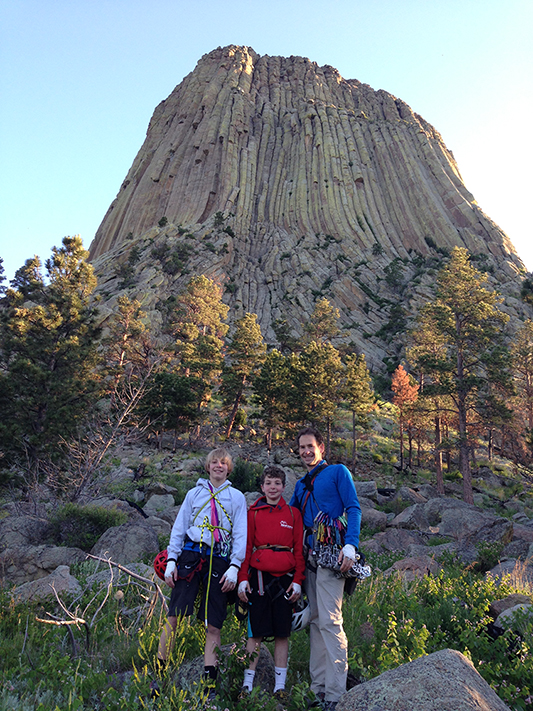
The climbing highlight of our trip was my son Cameron’s ascent of an extremely difficult climb named Gold Member, perhaps the most famous and visually impressive route at Ten Sleep Canyon. While the first 30 feet of the climb ascend a relatively easy, less-than-vertical slab, the wall then bulges outward, like a giant overhanging beer-belly, for the final 60 feet. Ascending this route requires clinging onto shallow one- and two-finger pockets along a beautiful gold-streaked cornice up the overhanging wall. The route is powerful and gymnastic, and 13-year-old Cameron successfully lunged his way up Gold Member on only his third attempt of the day!
While the actual cliff climbing is our primary mission at Ten Sleep, driving around the Big Horns and approaching the cliffs can be an adventure, too. While a two-lane blacktop road splits the canyon, much of the climbing and camping access demands off-road travel via dirt roads and rocky double-tracks. The sporadic afternoon thunderstorm can often turn what was a simple morning dirt road approach into an epic battle back to camp through deep mud tracks and ponded low spots. But we welcome the adversity!
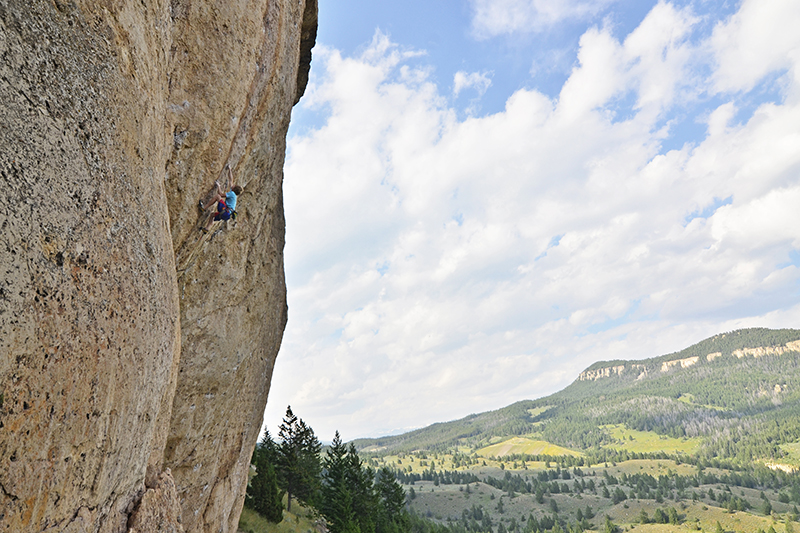
Not once did our Quadra-Drive 2 let us down, as we easily navigated through challenging remote terrain where a “rescue” is a long hike away. Did I mention that Ten Sleep Canyon is fully off the grid? That means no cell calls to a friend (or AAA) for support. Climbers are intensely self-reliant, and our Grand Cherokee is an essential part of our team.
As a mid-sized SUV, the Overland’s cargo space is always a limiting factor in our family-of-four journeys across the country. A large Thule roof box is indispensable for storing our camping and climbing equipment, and this year we added a 24” x 60” Curt rear-hitch cargo rack to carry our Coleman cooler and additional supplies. Remarkably, the DOHC 3.6-liter Pentastar V6 engine still managed 22 mpg on the highway and a reasonable 15 mpg off-road in the mountains, despite the increased wind resistance from external modifications.
The respectable fuel efficiency—and the fact our JGC has required nothing more than oil changes, tires, and brake pads in our three years and 100,000-plus miles of ownership—means that we’ll be keeping it around as a member of Team Hörst for many years to come. Today, we’re packing for our next family adventure as our Jeep will soon transport us to the White Mountains of New Hampshire.
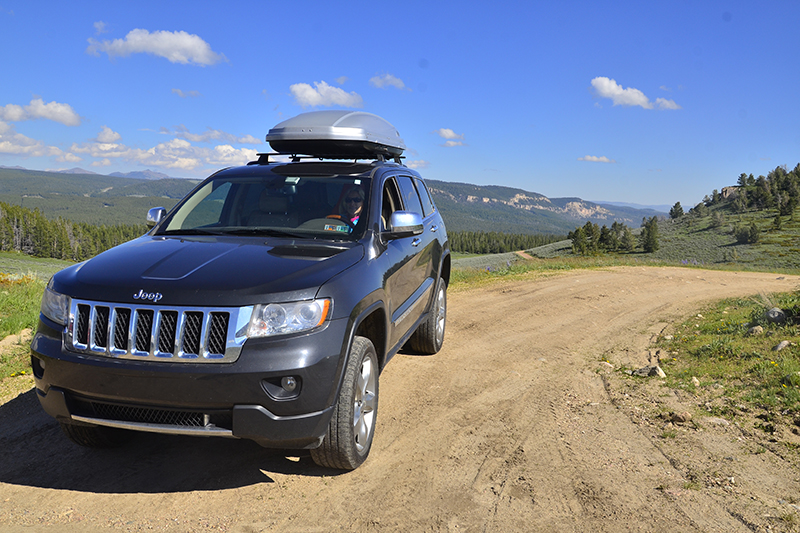
In the end, our adventurous lifestyle demands a functional, tough, and reliable vehicle to get us to and from the mountains, and our JGC has never let us down. Heck, next to “team mom” Lisa, the Jeep is the most indispensable part of our team!
Planning Your Big Horns Climbing Adventure
The Big Horn Mountains are the overlooked mountain range of Wyoming, as the Tetons and Wind Rivers get the most love and attention from tourists and recreationists alike. But the Big Horns, located in the north-central part of the state and bordering Montana, offer a wide range of opportunities for uncrowded adventure including hiking, camping, four-wheeling, mountain biking, canoeing, kayaking, fly fishing, rock climbing, and in the winter, skiing and snow machining.
Unlike Wyoming’s more popular mountain ranges, the Big Horns have very few commercial recreational options, outside of a small ski area and rafting and horseback riding operation. Therefore, the Big Horns are the perfect destination if you enjoy entertaining yourself—climbing, hiking, four-wheeling, etc.—in a truly desolate location. (This is NOT the place for folks who need to be entertained on vacation!)
Depending on your destination within the Big Horns, the nearest supplies–groceries, gas, a car wash, and perhaps a McDonald’s–are 30 to 60 minutes away in one of a half-dozen small towns in the foothills that surround mountains. While elevation in town may only be 4,000 to 5,000 feet, expect a rapid rise as you ascend into the mountains, as many of the best spots to camp and recreate are between 8,000 and 10,000 feet above sea level. Therefore, even during mid-summer the temperatures will be pleasant in the mountains—typically 70s by day and 40s by night–while the towns below are sweltering in 90-degree heat.
Tent camping and RV sites are available at one of several National Forest campgrounds (online at www.reserveamerica.com) and free undeveloped camping is readily available along dirt roads near and above tree-line on public land.
- Editor’s Note: You can read the original version of this feature as previously published in OutdoorX4 Magazine Issue #5 by clicking HERE
* OutdoorX4 Magazine – Promoting responsible 4×4 adventure travel and outdoor recreation


